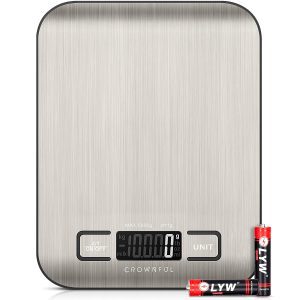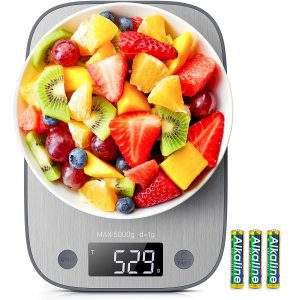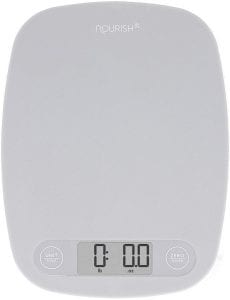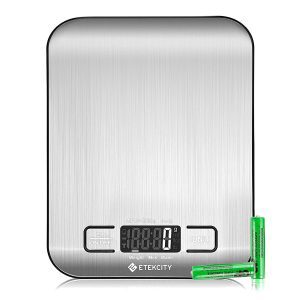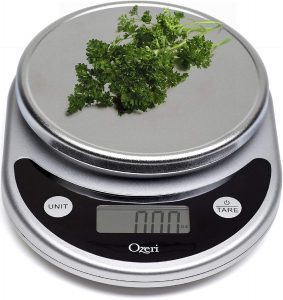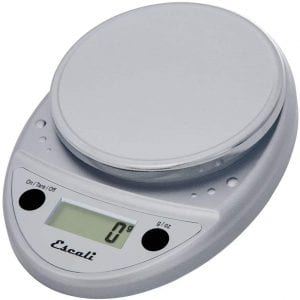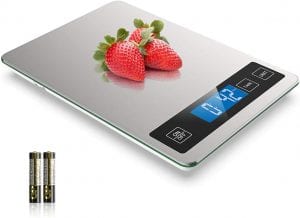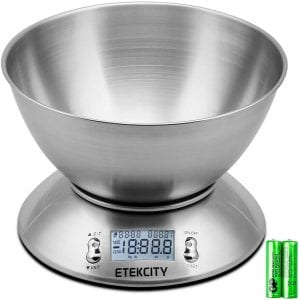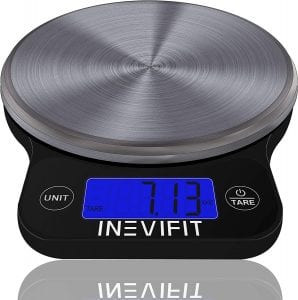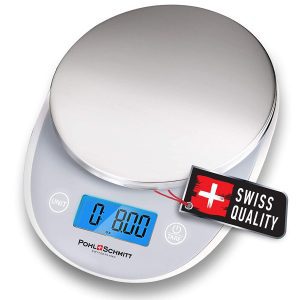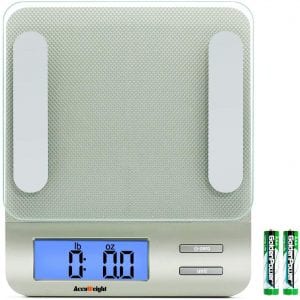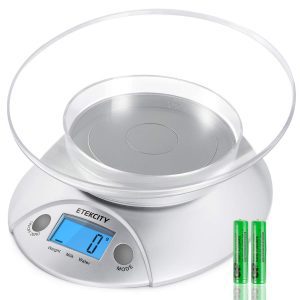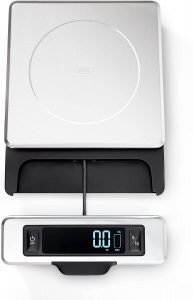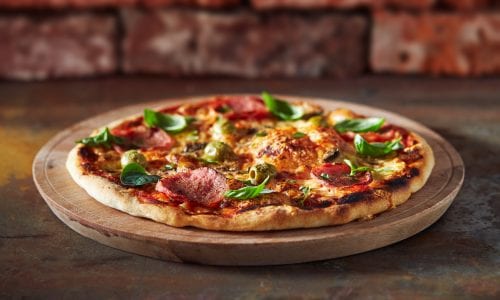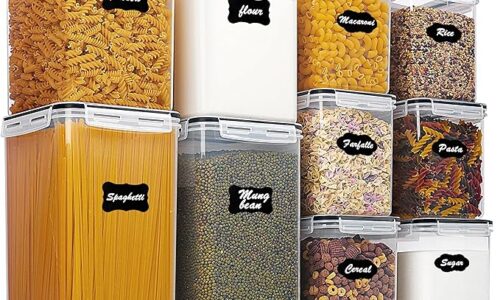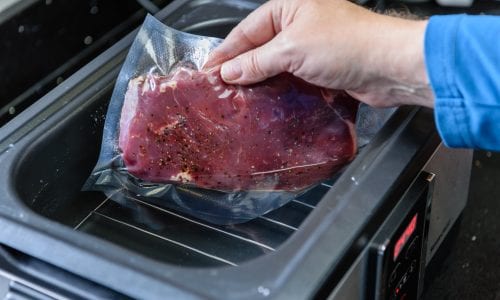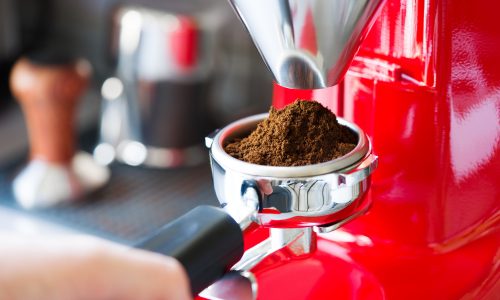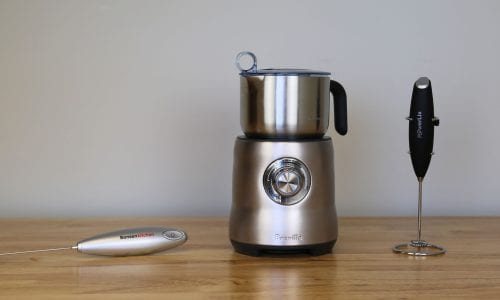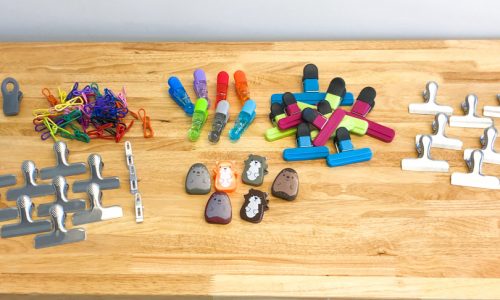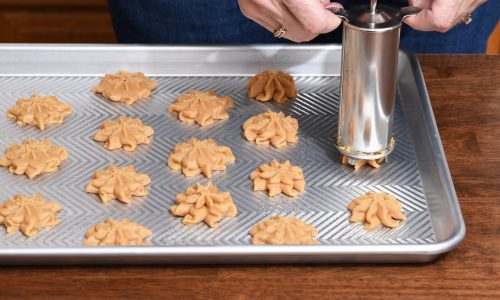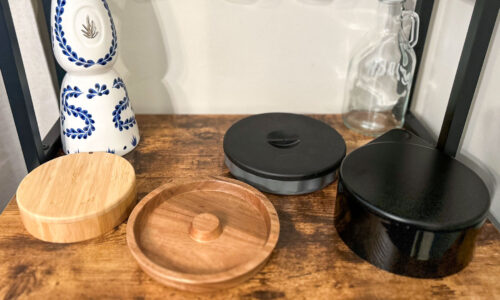The Best Food Scale
We looked at the top 13 Food Scales and dug through the reviews from 267 of the most popular review sites including and more. The result is a ranking of the best Food Scales.
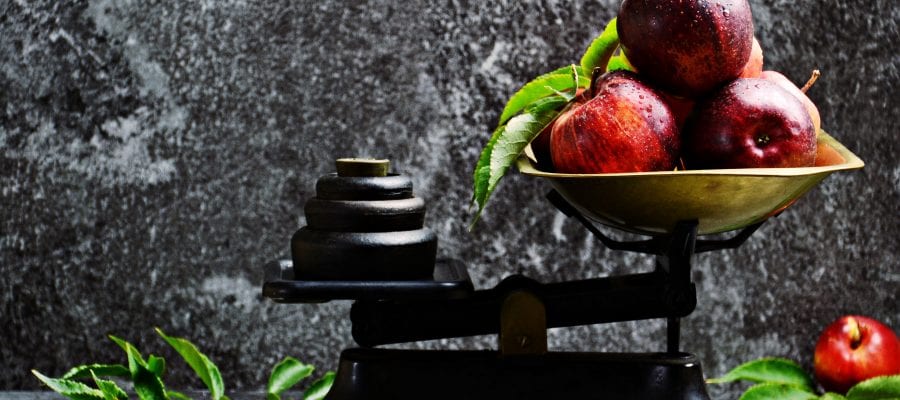
Our Review Process
Don't Waste Your Money is focused on helping you make the best purchasing decision. Our team of experts spends hundreds of hours analyzing, testing, and researching products so you don't have to. Learn more.
Our Picks For The Top Food Scales
- 1. CROWNFUL Compact Stainless Steel Food Scale
- 2. SIMPLETASTE LED Precise Food Scale
- 3. GreaterGoods Classic Easy Clean Food Scale
- 4. Etekcity Tare Function User Friendly Food Scale
- 5. Ozeri ZK14-S Pronto Instant Conversion Food Scale
- 6. Escali Primo P115C Spill-Proof Compact Food Scale
- 7. Nicewell Stainless Steel & Tempered Glass Digital Food Scale
- 8. Etekcity Stainless Steel Precise Food Scale
- 9. INEVIFIT Fitness Everyday Food Scale
- 10. Pohl+Schmitt LCD Display Auto Off Food Scale
- 11. Accuweight Electronic Glass Food Scale
- 12. Etekcity Multifunctional Super Fast Food Scale
- 13. OXO Good Grips Smudge Free Food Scale
Thanks to the compact size of this food scale, you can use it in a smaller apartment, condo or dorm room. It's constructed from a durable stainless steel and features an easy-to-read digital display. The sensors are precise, the buttons are laminated and all you need are two AAA batteries to get started.
Best for Small SpacesThis food scale allows you to effortlessly switch between six different units of measurement.
Made from a 304 stainless steel, this food scale is built to last. It's extremely versatile and can be used to measure ingredients for your favorite baked goods and foods for your current diet plan. A total of five different units of measurement are included. They are ounces, pounds, grams, fluid ounces and milliliters.
Sleek and SilverIncluded with this food scale is a tare function, which allows you to void out the weight of your bowl, plate or storage container.
Obtain accurate measurements without breaking the bank using this basic food scale. Available colors include cherry red, cobalt blue and ash grey. The minimal design looks great in any kitchen.
Budget-Friendly ToolThis food scale provides accurate results and a streamlined appearance at a budget price.
The streamlined stainless steel appearance of this scale looks modern and cleans like a dream. It offers precise and reliable measurements, is simple to use, and requires little space. The scale runs on AAA batteries.
Modern LookThis food scale has a modern appearance that complements any kitchen counter.
Buying Guide
When shopping for a food scale, considering several factors could help you select the best option for your kitchen.
Julie Chernoff, a long-time member of Les Dames d’Escoffier, the Association of Food Journalists (AFJ) and the International Association of Culinary Professionals says that first and foremost, you want a scale that is accurate.
“You are looking for a digital scale that is accurate, or what good is it?” says Chernoff. Also look for an easy-to-clean, flat weighing surface that will support different sized containers and bowls, a legible digital display that can change from grams to ounces at the touch of a button as well as zero out quickly and has batteries that can be easily replaced, she says.
Think about where you will keep the scale when it is not in use. A compact scale that you can tuck away in a cabinet will likely be easier to use and maintain than a bulky model that permanently consumes limited counter space.
Look at the parts of a scale to determine how easy it will be to keep clean. A digital scale with seams, crevices or buttons and dials that protrude from the device can collect food and dust particles, making it a chore to wipe up.
Some scales have built-in bowls, while others have trays on which you can place packages, containers or food. Taking into account how you plan to use the scale can help you decide which will be the best choice. In addition, making sure that the display is legible even when a bowl or plate is placed on the scale will make it simpler to use in the long run.
There are numerous uses for a digital food scale. For instance, a kitchen scale is an essential piece of equipment for anyone who bakes.
“Professional bakers weigh out ingredients for consistency’s sake, and you should, too,” Chernoff recommends. “Measuring by weight rather than volume is foolproof, eliminating the worry of air pockets or clumping in dry ingredients and eyeballing the meniscus of liquids in measuring cups.
“When feeding my sourdough starter, I rely heavily on my scale,” says Chernoff. “When doubling baking recipes, I find weighing ingredients so much easier and less messy.”
Kitchen scales are useful for more than just baking.
“A food scale is also a great help to people who are dieting,” suggests Chernoff. Weighing out meals and snacks is helpful when counting calories, carbs or other nutritional information.
Of course, determining your budget when browsing digital food scales will also be beneficial. When you know what features are important to you and how much you want to spend, you can pick the perfect kitchen scale for your needs.
Our Expert Consultant

Culinary Expert
Julie Chernoff is a long-time member of Les Dames d’Escoffier (past president of the Chicago Chapter, and current co-chair of the LDEI Legacy Awards Committee), the Association of Food Journalists (AFJ) and the International Association of Culinary Professionals.
Chernoff is the dining editor of Better, a lifestyle website and print magazine. Her journalism started in the test kitchens of Weight Watchers Magazine. She holds a BA in English from Yale University and is a graduate of the California Culinary Academy. She has spent the last few decades styling, photographing, teaching, developing recipes, editing, thinking and writing about food.
Why we recommend these food scales?
Products Considered
Products Analyzed
Expert Reviews Included
User Opinions Analyzed
Our experts reviewed the top 13 Food Scales and also dug through the reviews from 267 of the most popular review sites including and more. The result is a ranking of the best of the best Food Scales.
DWYM is your trusted roduct review source. Our team reviews thousands of product reviews from the trusted top experts and combines them into one easy-to-understand score. Learn more.
What to Look For
- If you are watching your waistline, you might want to look for a food scale that is small and lightweight enough to tuck inside of your purse, briefcase or bag so that you can weigh and measure your food on the go.
- Look for a kitchen scale that is multifunctional. For instance, some digital food scales include added features such as a kitchen timer or a food thermometer. If a piece of equipment is going to take up some real estate in your kitchen, it might as well earn its keep.
- Sending an oversized greeting card? Make sure you use the right amount of postage by popping it on your food scale and checking the weight.
- If you are serious about coffee, experts say that weighing your beans before grinding or your grounds before brewing rather than scooping them out with a tablespoon could make each cup taste noticeably better. Try 10 grams of ground coffee per 180 ml of water.
- An added benefit of weighing ingredients instead of measuring them is that there is less to clean up. Instead of ending up with a sink filled with tablespoons, teaspoons and measuring cups, you could add the ingredients to the mixing bowl on the scale, pressing the tare button between each one to zero out the weight and obtain an accurate reading.
- Whip up the perfect quarter- or third-pound patties the next time you are grilling burgers by weighing the ground meat. You can even weigh out consistently sized meatballs, cookies or even bowls of ice cream if you choose.
- Recipes that include odd or bumpy ingredients, such as fresh produce, will come out much better when the items are weighed. Trying to measure a cup of brussels sprouts or eyeball a pound of sweet potatoes is a challenge even for the most seasoned home cook. Placing them on your food scale makes measuring fast and easy.
More to Explore
Weighing foods and other goods is hardly a new concept. Researchers have found evidence that ancient Egyptians used the balance for weighing objects as early as the beginning of the I Dynasty (3400 B.C.).
In 1980, Richard C. Loshbough and Edward G. Pryor applied for a patent on an invention described as “a scale system which employs a microcomputer forming an integral part of the analog to digital conversion.”
Sometimes, scales do more than provide the weight of an object. Gottfried Wilhelm Leibniz was a 17th-century scholar with degrees in philosophy in law who also studied subjects including mathematics, science and mechanical studies. Among the work for which he is known is a system of calculation he created. The system, using a center beam balance and weights on either side, used only two numbers: 0 and 1. This system became known as the binary system.

